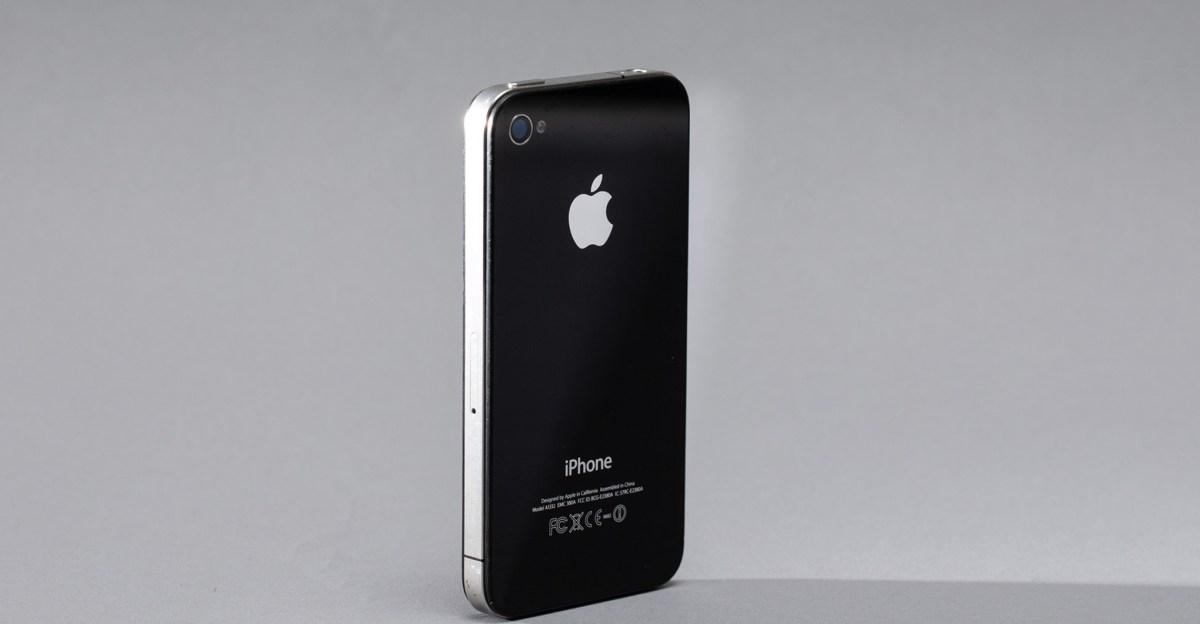- Home
- Technology
- News
Discarded rocket part to hit Moon in hours, say scientists
The effects of the impact on the Moon are expected to be minor.


The three-tonne rocket part, which is hurtling through space at 8000km/h, is expected to hit after midnight (NZ time).
Astronomers first thought the rocket part had been launched by Elon Musk's SpaceX programme then said it was Chinese, something China denies.
The effects of the impact on the Moon are expected to be minor.
Scientists hope to study the 10-20m-wide crater and the plumes of moon dust created upon impact.
The rocket part was first sighted from Earth in March 2015. A Nasa-funded space survey in Arizona spotted it, but quickly lost interest when the object was shown not to be an asteroid.
The rocket part is what's known as space junk - hardware discarded from missions or satellites without enough fuel or energy to return to Earth. Some pieces are closer to us, just above the Earth, but others, like this booster, are thousands of kilometres away in high orbit, far from the Earth's atmosphere.
The European Space Agency estimates there are now 36,500 pieces of space junk larger than 10cm.
No space programme or university formally tracks deep space junk. Monitoring space is expensive and the risks to humans from high-orbit debris are low.
So, it falls to a tiny handful of volunteer astronomers who spend their free time making calculations and estimating orbits. They fire emails and alerts back and forth, asking whoever is in the best location on the planet to spot an object in space.
Six weeks after the booster was first seen, Peter Birtwhistle, 63, was watching the skies for asteroids from his garden in Newbury, in the south of England.
His telescope picked up a tiny dot of light tracking across the sky. Calculations suggested it was part of a rocket, he told the BBC.
Space junk drops in and out of view, often unpredictably. For seven years, he barely saw the rocket part - until in January, it re-appeared.
"I grabbed some images when it passed close to Earth," he explained.
He sent his pictures to astronomer and data scientist Bill Gray, on the east coast of the United States. He is the expert who went on to identify it as a SpaceX booster heading for the Moon.
News that a discarded part of one of billionaire Elon Musk's space missions was going to strike the Moon made global headlines.
But tracking space junk is often "detective work," Gray said. The rocket insignia cannot be seen - astronomers have to piece together its identity by tracking its route backwards through space. They then match its orbit to dates and locations of rocket launches and trajectories.
But some space missions, including China's, don't publicise their routes.
"For a Chinese mission, we know the launch date because they are televised. So I take a guess that it's going to get to the Moon - usually in four or five days. Then I compute an approximate orbit," Gray said.
And sometimes he makes mistakes. Weeks after the SpaceX identification, another observer sent Gray new data, revealing that his identification was impossible.
He ran the numbers again and concluded it was the third stage of a rocket from China's lunar mission Chang'e 5-T1, launched in October 2014.
China denied this, saying the upper-stage had re-entered the Earth's atmosphere and burned up.
Gray is sticking to his prediction. He believes China has mixed up the tracking of two rocket parts. "I'm 99.9 percent sure it's the China 5-T1," he says.
In reality, we will never be sure.
Professor of Astronautics Hugh Lewis at Southampton University says the scientific value of tracking deep space junk is limited. But he says it's important to "keep an eye on what's there", especially as human settlement in spaces becomes more likely.
"It's the mess we've created. Objects that we think are safe can actually return to Earth unexpectedly," he says.
Wherever it came from, we won't see the last moments of the booster's existence when it smashes into the far side of the Moon.
It could be days or even weeks before it can be confirmed. This will happen when two satellites going around the Moon photograph the crater left on impact.
And as the booster breaks into thousands of pieces, evidence of its true origins will be lost, too. The best we've got are the estimates made by Bill Gray and the volunteer astronomers watching the skies.
SOURCE: BBC

Inside the high drama of the iPhone 4
- 11 hours ago
Pakistan Navy launches fourth Hangor Class submarine 'Ghazi' in China
- 19 hours ago

The low, low cost of ending extreme poverty
- 9 hours ago

The global shadow economy behind Trump’s latest move on Venezuela
- 9 hours ago
NFL playoff-clinching scenarios: Which teams can secure a berth in Week 16?
- 10 hours ago
What is going on with Trevon Diggs and the Dallas Cowboys?
- 10 hours ago

You need to listen to Sudan Archives’ violin opus for the club
- 11 hours ago

Everything is a mockumentary now, thanks to Rob Reiner
- 9 hours ago

When your AI boyfriend gets you better than your spouse
- a minute ago

Technical, vocational training system being aligned with int’l standards: PM Shebaz
- 2 hours ago

Prime Minister Shehbaz Sharif has approved Halal meat export policy
- 41 minutes ago

Field Marshal Asim Munir pledges to cement defence ties with Libya
- 2 hours ago







